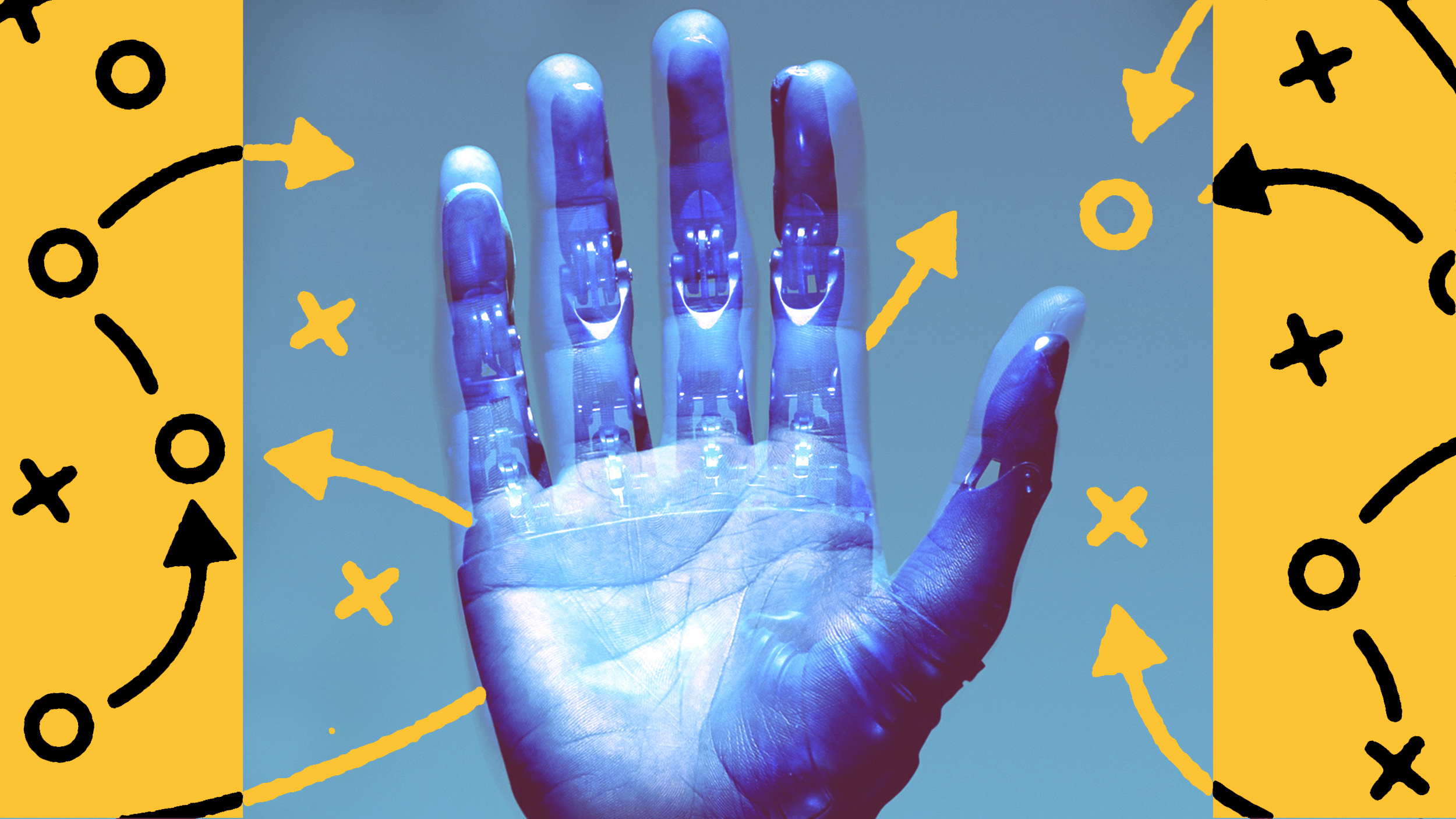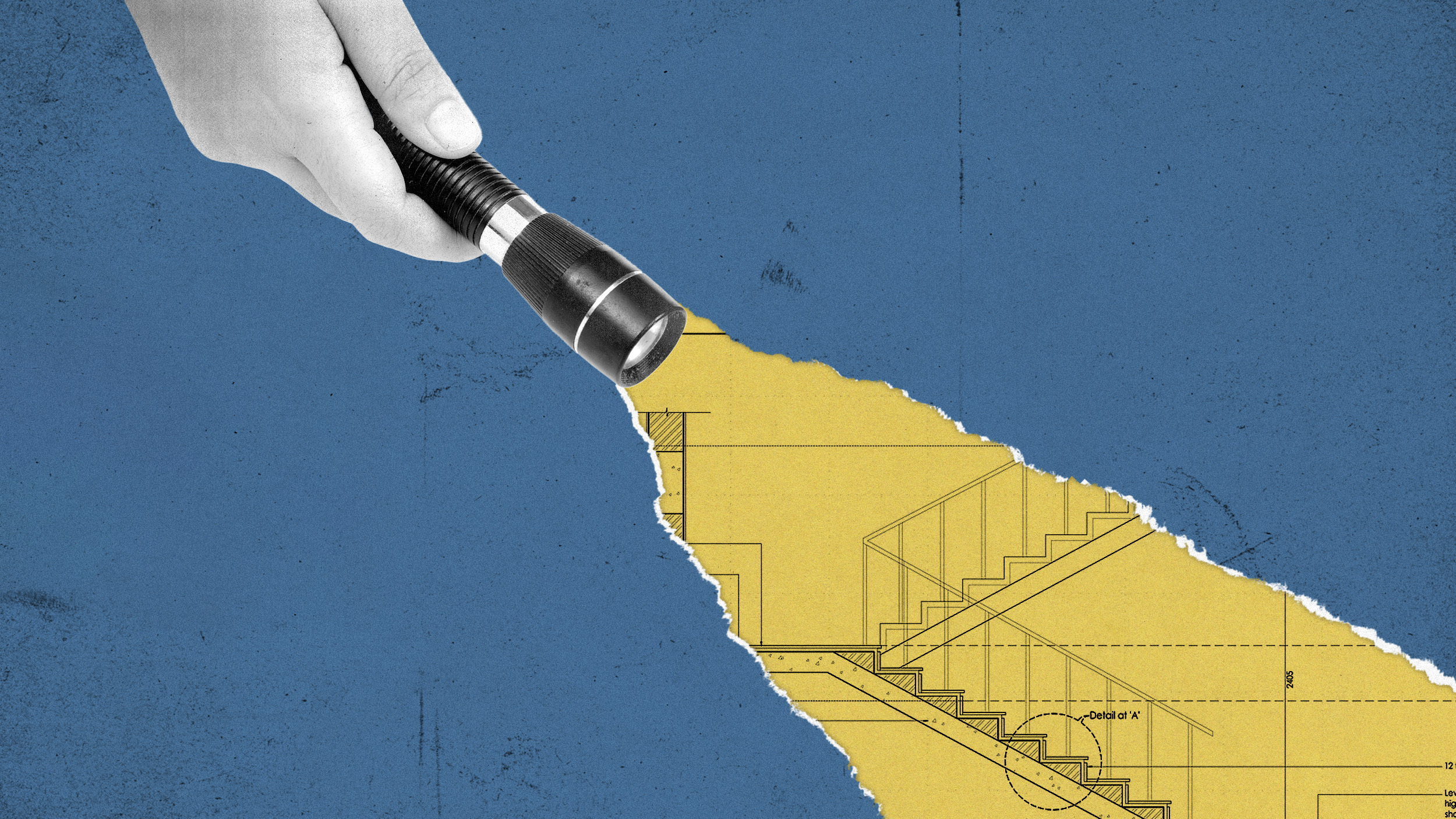Forging a path to human-centered leadership

A human-centered approach to leadership needs to incorporate three essential behaviors: intentional collaboration; empathetic management; and an openness to flexible work experiences.
While few leaders would dispute the benefits of such behaviors, the pursuit of competitive advantage can make profits versus people seem a binary choice. In truth, the two are inescapably interdependent.
Why it matters: In a word, engagement. Engagement is the feeling of connection an employee feels to the organization, and according to Gallup’s State of the Global Workplace: 2023 Report, employees who are either not engaged or actively disengaged cost the world $8.8 trillion in lost productivity. That’s a sum equal to 9% of global GDP.
That connection is fostered through multiple channels, but the leader-employee relationship is one of the most critical. That is, in part, due to the power leaders have to shape the work environment, foster team collaboration, and help employees feel part of the larger organization’s mission and goals, all of which are critical elements of human-centered leadership.
What’s changed: While organizations continually adapt to internal or external challenges and opportunities, three occurrences in recent years have seriously upset the status quo. They are:
COVID-19. The pandemic changed how and where work was performed for large segments of the workforce, particularly among white-collar professions. Physical offices emptied, Zoom calls became the norm, and people grew accustomed to the flexibility remote work offered. While more employees are returning to the office — either by choice or mandate — their time away fostered different expectations from before.
Gen Z and millennials. Gen Z and millennials make up roughly half of the U.S. workforce today. Already tech-savvy, both cohorts value collaboration, continuous learning, and work-life balance. They also expect employers to care for their well-being, exhibit inclusiveness and respect, and encourage community involvement.
Generative AI. As AI adoptions expand, employees at every level will begin to experience its impact, directly or indirectly. The people-versus-profit equation will undoubtedly come into play regarding where and how AI is deployed. Meanwhile, human-centered leadership will be crucial for guiding employees through the transition.
The challenge: For human-centered leadership to achieve a “tipping point” within an organization, people, productivity, and profits must be aligned. Compelling data already exists to demonstrate how such leadership can deliver tangible results in the form of:
However, despite the well-established benefits, the influence of human-centric leaders can be limited. Even senior leaders working to instill a “people first” approach are reliant on the actions of the broader leadership team (to say nothing of the overarching demands of the board, shareholders, and other stakeholders).
Potential barriers might include competition; budget restraints; misaligned performance expectations and rewards; a leadership team that relies on the status quo and is reluctant to embrace chance; or any number of other challenges facing the organization. When facing such barriers, rhetoric and reality can often find themselves at odds.
How it works: Overcoming barriers first requires that their source be identified and understood. Leaders must also foster and practice the components of human-centered leadership. Those those components are:
Mindset. Leaders fall along a continuum in their understanding of, and commitment to, human-centered leadership. To develop such a mindset, leaders must be open to challenging how they think about their roles. It will be essential for them to understand that: their current approach needn’t be people versus profit; there are tangible benefits to a people-first orientation; and they can develop — and be rewarded for — an expanded human-centric skill set.
Capabilities. As opposed to technical skills, human-centered capabilities can seem nebulous and difficult to develop. As such, developing these capabilities requires a multi-faceted approach. Formal learning can provide insights and establish a foundation in areas such as empathy and interpersonal skills. Leaders can also learn from each other, while executive coaching can support powerful, prolonged change. What is most critical is that development options are easy to access and continually reinforced.
Execution. Once a foundation has been laid by way of a clearly articulated vision for human-centered leadership, the capabilities entailed, and senior leader expectations, two of the most powerful methods for driving execution will be role-modeling and reinforcement. Critically, leaders should be encouraged to explore human-centered behaviors without risk or threat of losing out on potential rewards.
How will you know if these three components are working? Systems can be deployed to gain feedback from employees and leaders. Changes in key financial indicators, such as productivity and turnover, can be measured. And performance reviews or other checkpoints can surface obstacles and opportunities.
Whatever methods are chosen, it cannot be overstated that continued attention to, and reinforcement of, human-centric behaviors will be the linchpin to success.
Looking ahead: Leadership concepts have evolved over time as the nature of work, employee populations, and competitive landscape have changed. We’re now living among upheavals that are challenging those concepts again.
The Gen Z and millennial workforce will continue to expand. Generative AI will increasingly disrupt jobs as employees wonder what it means for their livelihoods. Throughout, more will be expected of leaders. Their efforts as they seek to understand, collaborate within and across teams, and foster authenticity within themselves and others — all human-centric skills — will be essential for navigating the changes to come.




